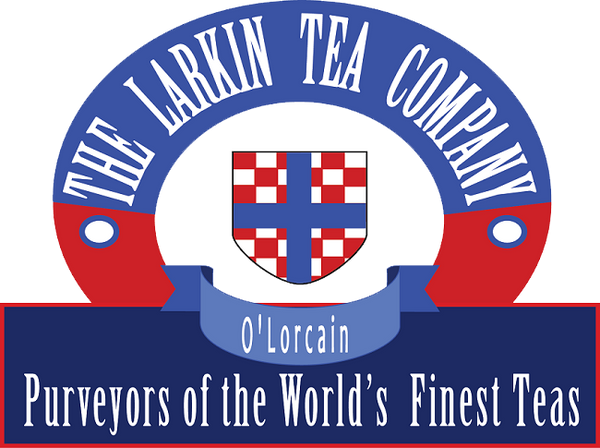If you imagined that chai was always part of traditional Indian kitchens, it is, in fact, a 20th-century creation.
As a British colony, India became the site for tea cultivation, but all of this was for export. At the start of the 20th century, the British began to look at India as a potential market for tea. They went on an aggressive marketing campaign. There was a railway campaign, the distribution of free tea samples, door-to-door promotions, and these programs brought tea into the homes and kitchens of India.
The British tried to teach the "correct way" to make tea, but that didn't have the expected outcome. Those who made the tea found the idea of the British-style pot tea too fussy and decided they could simply throw all the ingredients into one pan and boil them.
Chai has become synonymous with sweet, milky, boiled, not steeped. As it grew in popularity, it became one more style of how tea is made and enjoyed. The British marketing campaign worked very well as more Indians made tea part of their everyday lives. Later, in the 1960s and 70s, when the CTC (crush, tear, curl) machine appeared, it made tea extremely popular, as it significantly impacted both costs and volumes. This made it an affordable option for roadside vendors, making chai an out-of-home drink. CTC tea, being granular and stronger worked very well with milk, and sweetened, produced a very nourishing beverage. And so, it became the preferred base for chai.
Now, chaiwallahs (tea sellers) provide a hot cup from dawn to late in the night, ensuring that chai remains part of life in India.
(Chai, specifically chai latte, became popular in the US in the 1990's. The rise of chai coincided with the increasing interest in global flavors and the expansion of coffee and tea shops. Starbucks, for example, began offering chai lattes in the mid-1990s which contributed to its mainstream popularity. Prior to this chai was mostly limited to Indian restaurants and households, but it wasn't widely consumed by the general public.)

